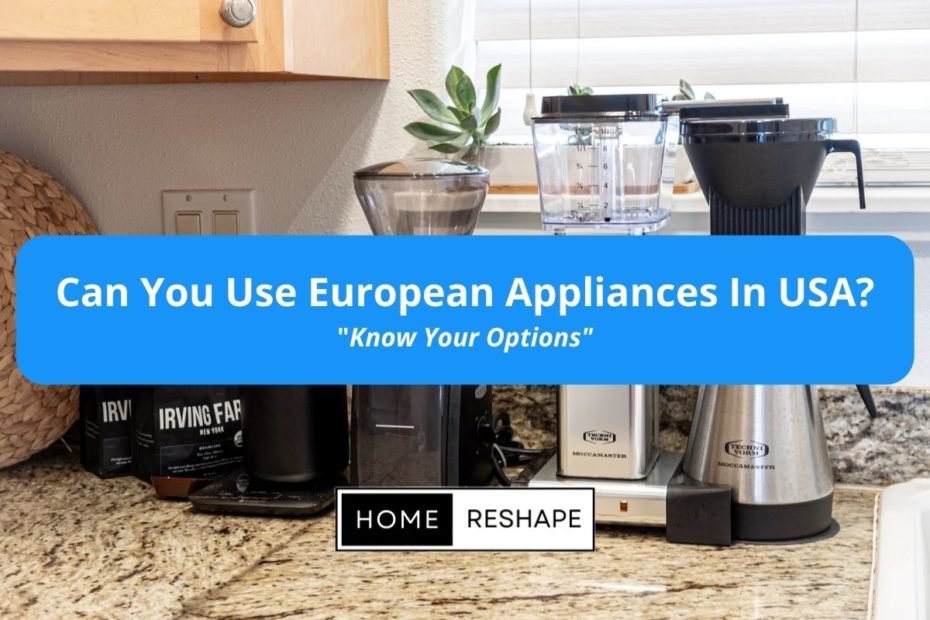Moving to a different country can be an exciting adventure, but it often comes with a fair share of challenges. One common concern for individuals relocating from Europe to the United States is whether they can continue using their electrical European appliances in the US without any issues.
In this article, we will provide you with a straightforward answer to this question, as well as valuable insights and alternatives to help you navigate the transition smoothly.
Understanding the Electrical Voltage Difference
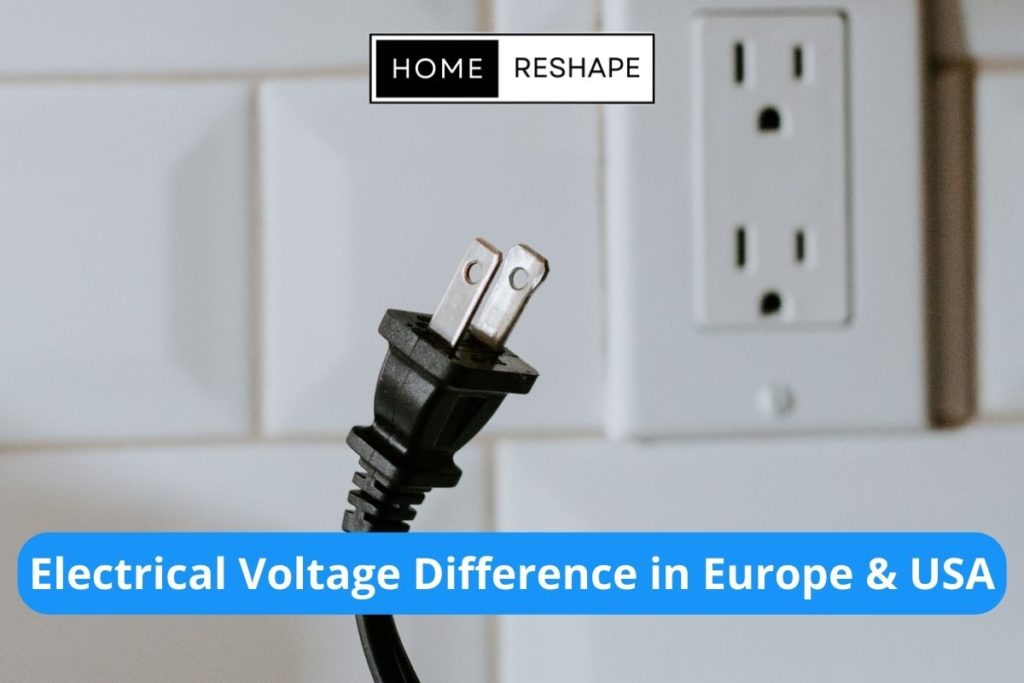
To comprehend the compatibility of your European electrical appliances in the US, it’s crucial to grasp the fundamental disparity in electrical voltage standards between the two regions. In Europe, most countries operate on a 220-240 volt system, whereas the United States adopts a 110-120 volt system. This discrepancy can significantly impact the functionality of your appliances.
If your lights dim when appliances are turned on, electrical voltage can be one of the reasons causing this.
Step-Up and Step-Down Transformers
When considering using your European appliances in the US, one option is to use a step-up or step-down transformer. A step-up transformer increases the voltage from 110-120 volts to the required 220-240 volts, allowing your European appliances to operate smoothly. Conversely, a step-down transformer decreases the voltage, enabling American appliances to function correctly in Europe.
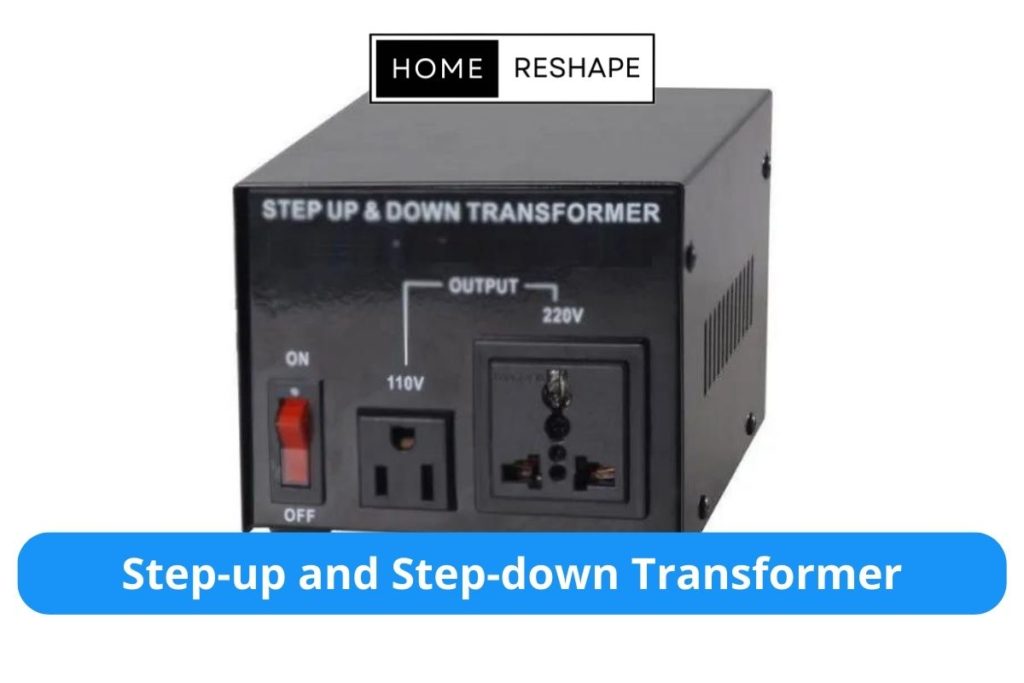
It’s important to note that while transformers can bridge the voltage gap, they may not be suitable for all appliances. Certain devices with motors, heating elements, or sensitive electronics may not function optimally, even with a transformer. It is advisable to consult the appliance manufacturer’s specifications or seek professional guidance before using a transformer.
Using Plug Adapters For European Appliances in the US
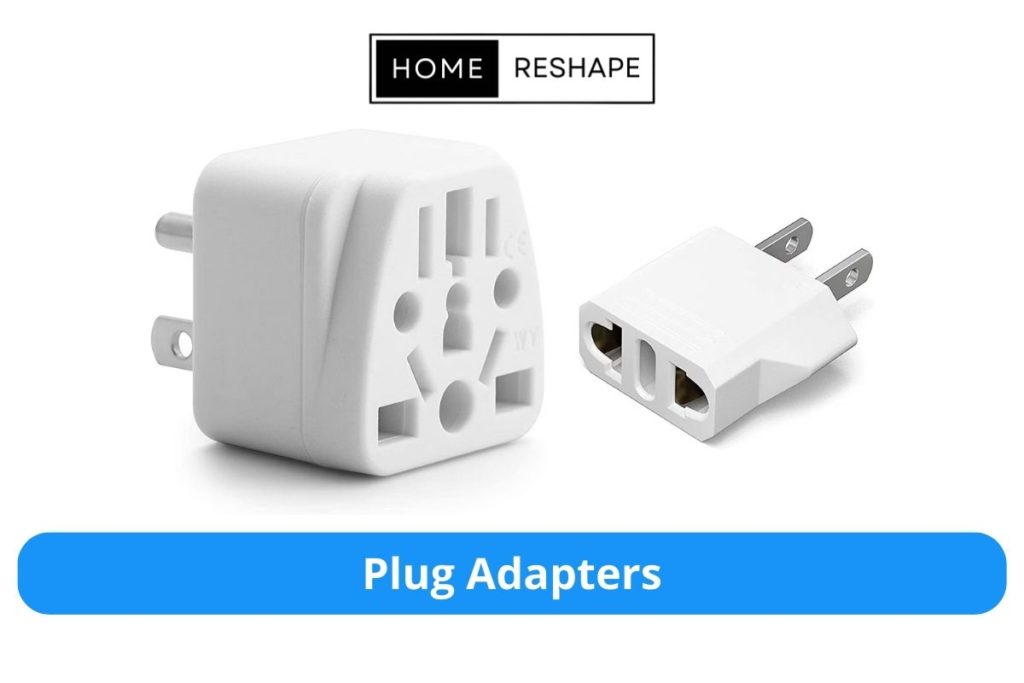
Apart from the voltage disparity, another issue to address when using European appliances in the US is the difference in plug types. European plugs typically have two or three round pins, while American outlets accommodate two flat prongs or sometimes three with a grounding pin.
To connect your European appliances to American outlets, you will need plug adapters that convert the plug shape to match the US standard. These adapters are widely available and relatively inexpensive. However, it’s essential to exercise caution and purchase high-quality adapters to ensure safety and prevent any electrical hazards.
Best Alternatives For Using European Appliances in USA
If using transformers and plug adapters seems cumbersome or impractical for your specific appliances, exploring alternative options might be the way to go. Consider the following alternatives:
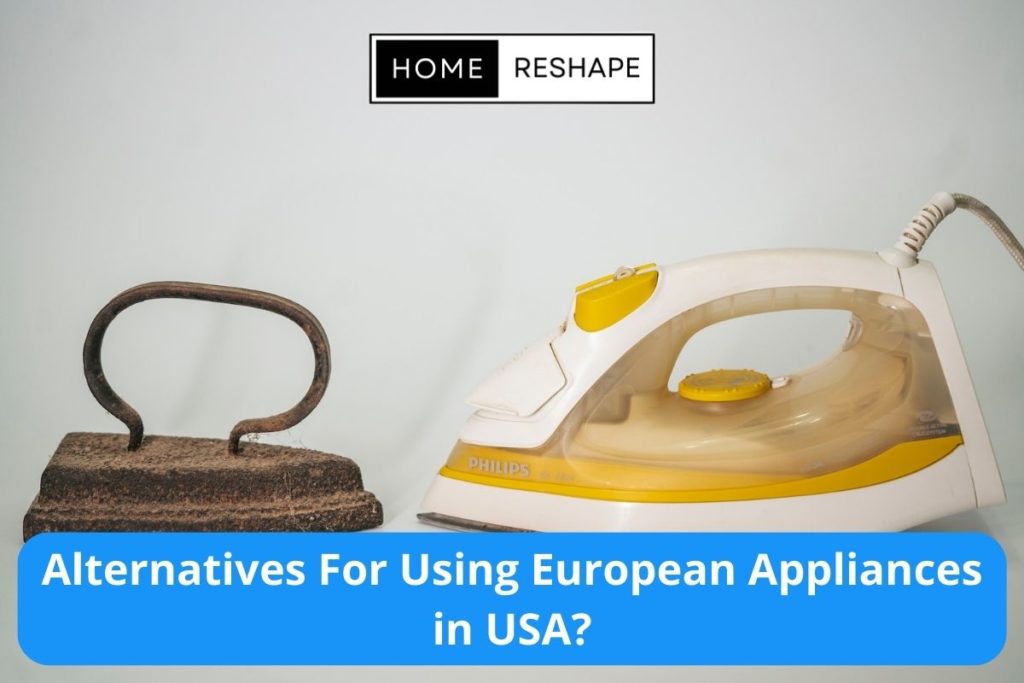
- Purchase new appliances: Investing in new appliances compatible with the US voltage and plug standards eliminates the need for transformers and adapters. While this option involves an upfront cost, it ensures hassle-free usage and minimizes potential risks.
- Check for dual-voltage appliances: Some modern electrical devices, such as laptops, smartphones, and certain kitchen gadgets, come with dual voltage capabilities. These devices can automatically adjust to different voltage standards, allowing you to use them without any modifications.
Conclusion:
When it comes to using your European electrical appliances in the United States, it’s essential to consider the voltage difference and the plug type variations between the two regions. While transformers and plug adapters can be viable solutions, they may not be suitable for all appliances, particularly those with specialized functions or sensitive components.
So if you’re moving to North America, Exploring alternative options such as purchasing new appliances compatible with the US standards or checking for dual-voltage capabilities in modern devices can provide a more convenient and reliable solution. While these alternatives may involve some initial investment, they offer long-term benefits and peace of mind.
Remember, always prioritize safety and if you don’t know what you’re doing then its better to consult experts. By following these tips, you can confidently handle the challenges of adapting your European electrical appliances to the US electrical system.
